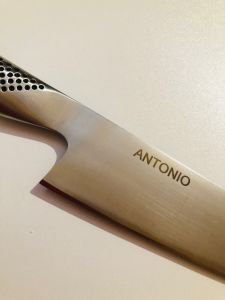Language
WORLDWIDE SHIPPING
Ceppo KAI Stonehenge completo di 6 coltelli damasco Shun Classic di Kai
was
€1,390.00
Special Price
€1,199.00
€982.79
Availability:
In stock
Il ceppo portacoltelli magnetico Kai Stonehenge è uno splendido ceppo in noce completo di 6 coltelli damasco Serie Classic Kai.
Il blocco in noce ha una base in granito che fornisce stabilità e allo stesso tempo offre un bel contrasto con la finitura in noce.
Ci sono cinque blocchi magnetici in piedi ciascuno con un lato magnetico che consente di contenere fino a 10 coltelli.
I coltelli verranno visualizzati in uno schema circolare con i manici che sporgono dall'alto. La base in granito ha una targhetta metallica con logo kai e fornisce un bellissimo pezzo estetico del piano di lavoro della cucina quando completamente arredata con i 6 coltelli damasco Serie Classic Kai.
Il ceppo ha dimensioni 21 x 21 x 30 cm. ed è allestito dei seguenti coltelli:
n. 1 Coltello spelucchino lama cm. 10 (DM-0716)
n. 1 Coltello universale lama cm. 15 (DM-0701)
n. 1 Coltello per pomodori lama cm. 15 (DM-0722)
n. 1 Coltello santoku con alveoli lama cm. 18 (DM-0718)
n. 1 Coltello affettare lama cm. 23 (DM-0704)
n. 1 Coltello cuoco lama cm. 25,5 (DM-0707)
La serie Shun Classic è una serie pregiata di coltelli in acciaio Damasco, studiati nei minimi dettagli e dall'affilatura che dura nel tempo.
Le lame satinate sono realizzate con 32 strati in lega d'acciaio damasco con acciaio centra VG MAX e durezza 61 +/- HRC.
Il manico è in resistente legno di parka con forma a castagna e garantisce una presa sicura ed ergonomica durante il taglio.
Prodotto da Kai, il ceppo è realizzato a mano secondo gli standard e le specifiche più elevati, pur essendo prodotto in modo sostenibile e tenendo conto della responsabilità ambientale.
Tempi di spedizione: 4/5 giorni
FAQs

 IT
IT FR
FR
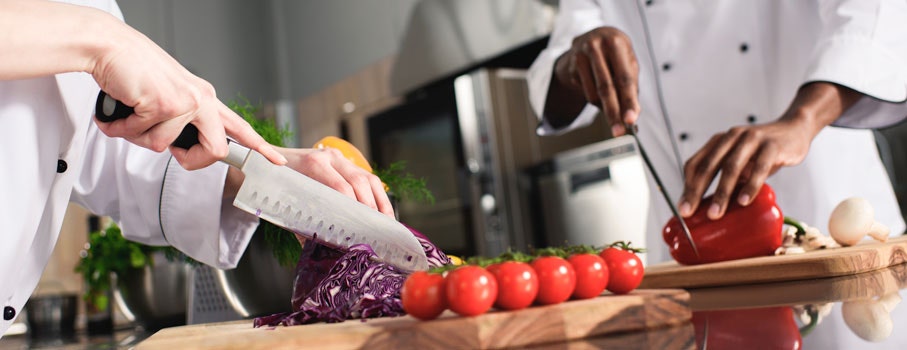
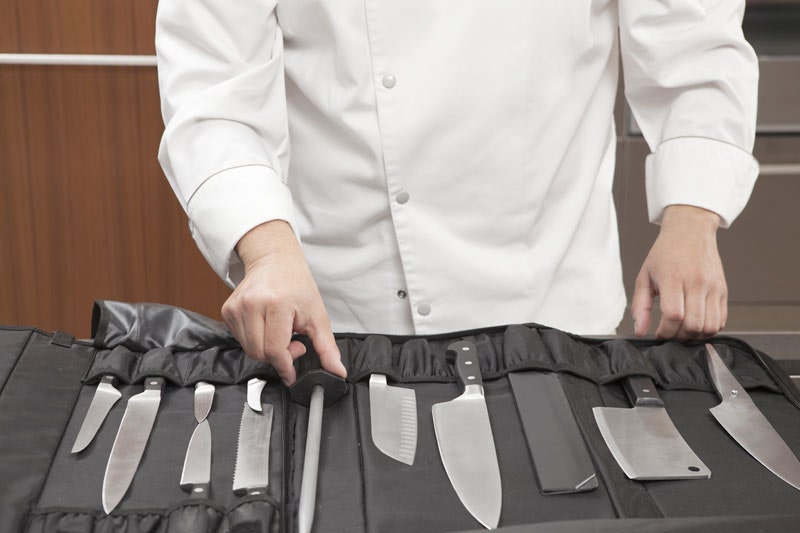
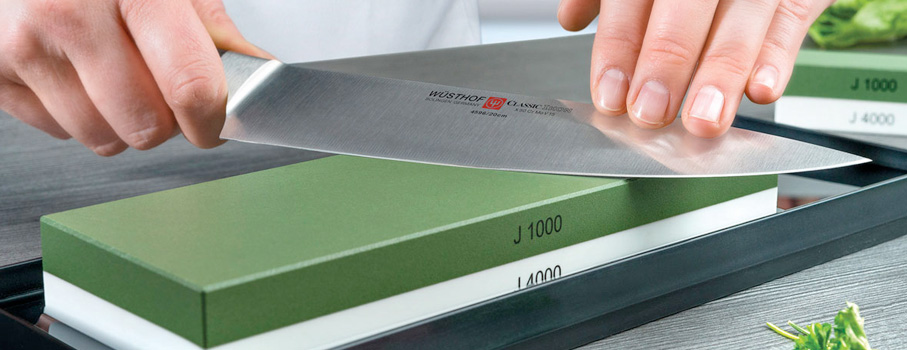
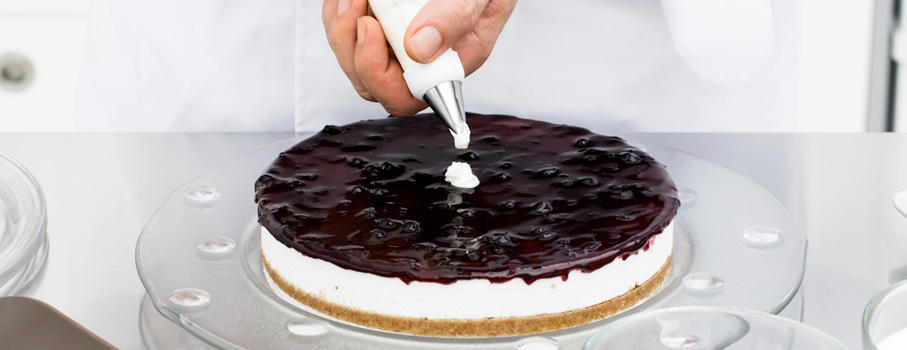

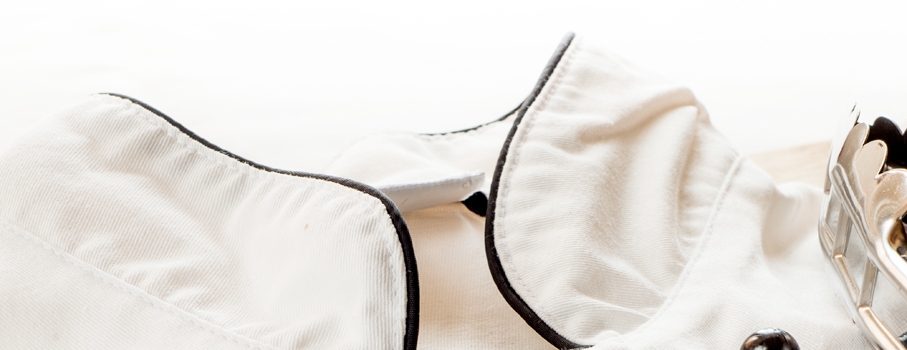
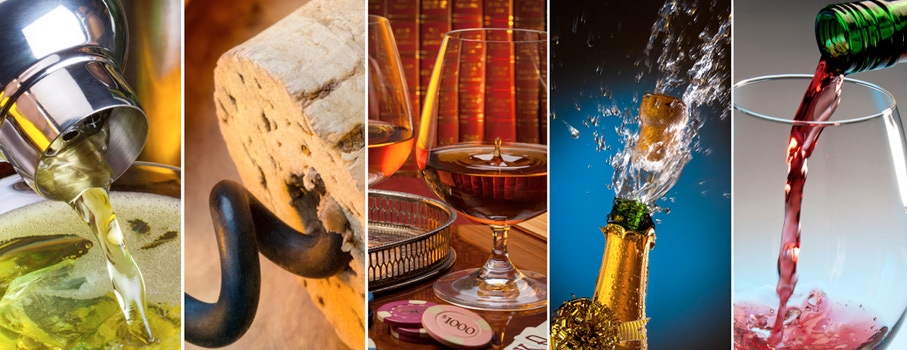
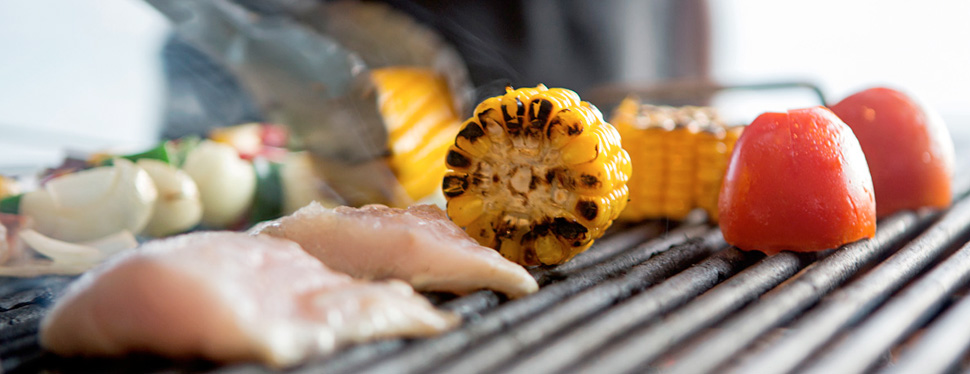

 IT
IT FR
FR

